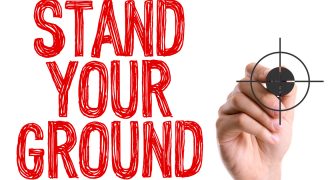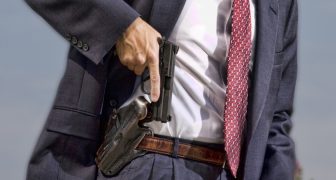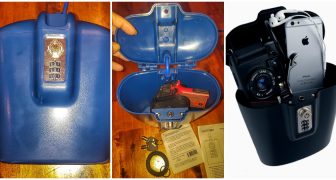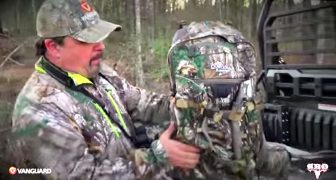In terms of firearms, the ATF provides licenses to sellers, conducts firearms inspections, traces weapons, and works with other law enforcement agencies to help prevent any unlawful possession of firearms.
How to Build Your Own Glock Pistol
Looking for quality Glock parts or a complete Glock 19 kit for your DIY Glock 19 Build? Find high-quality parts for your custom Glock build at 5D Tactical.
Stand Your Ground: Knowing Your Second Amendment Rights
The question that many stand your ground law proponents ask now is whether or not a change in the way the Second Amendment is legally interpreted, going back to collective rights theory, what impact would that change have to stand your ground laws.
10 Common Conceal & Carry Mistakes
Keep your weapon on you at all times. Do not take your gun off and put in under the seat of your vehicle or in your glovebox. Don’t put your weapon in a purse or backpack. Not only does this leave your weapon not readily accessible, you also risk the gun getting lost or stolen.
Let SAFEGO Save Your Summer!
With its heavy-duty lock and unique flexible steel cable, SAFEGO can attach to almost any secure fixture. Lock away your phone, keys, cash, wallet, camera, sunglasses, jewelry, handguns, and other personal belongings.
The Best Pocket Knife for Personal and Home Defense
Whenever you are dealing with issues of your personal safety, the methods and tools you use will be a personal choice. Make sure that whatever knife you choose to get that you are abiding by all laws and you feel comfortable using it properly.
Vanguard’s Pioneer Backpack Collection is Amazing
My mission was to find a hunting backpack that could serve as a great overall day backpack for all hunters in any location - I needed a pack that was both comfortable and durable.
What’s The Place of Home Defense Bow In The World of Guns?
This is a guest post by Jennifer Just the other day, I was digging through a post on an archery forum. The members were discussing the relevance of bow and arrow in a modern world surrounded by guns.







